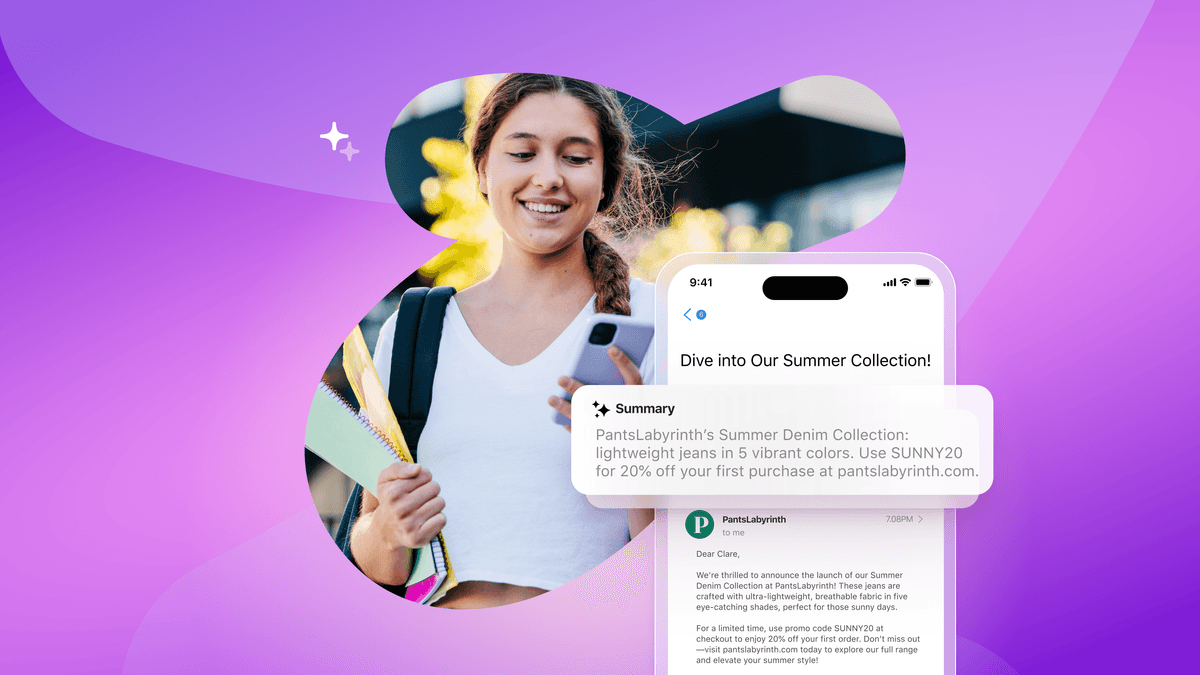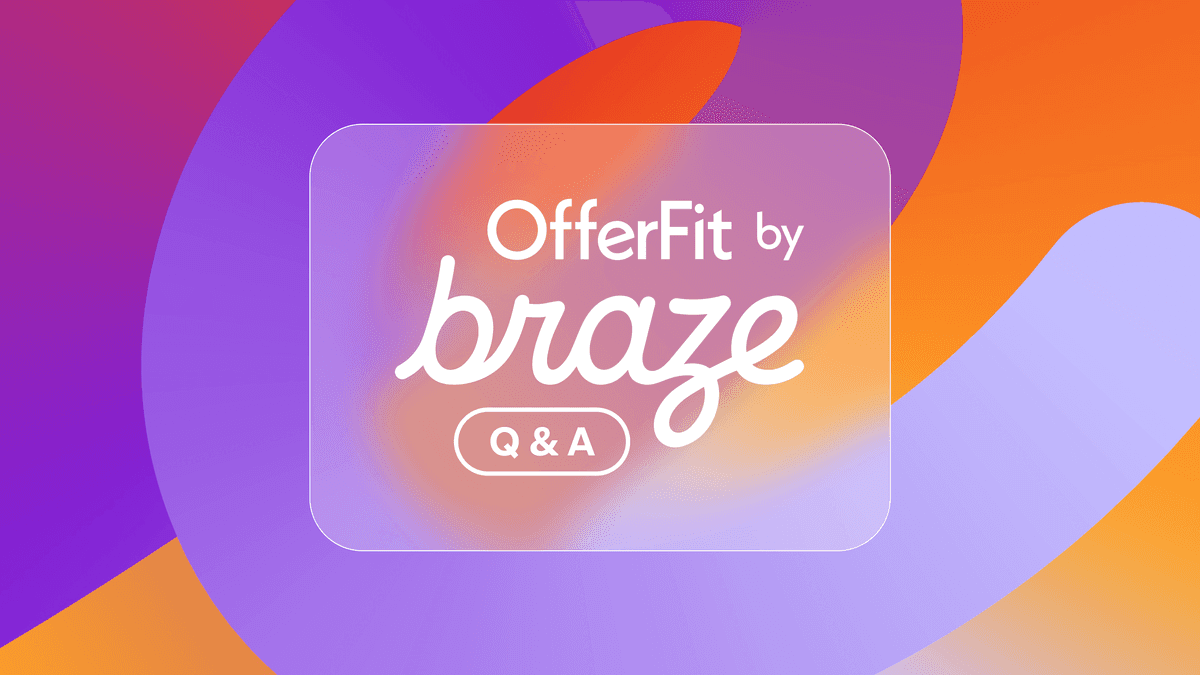5 Ways to Use Predictive Analytics to Supercharge Your Marketing
Published on November 04, 2015/Last edited on November 04, 2015/5 min read


Team Braze
You probably have access to more mobile marketing tools than ever, but unfortunately, a crystal ball still isn’t among them. And until Apple or Google gets around to inventing one, your best strategy for forecasting future campaign success is to understand your customers’ habits, needs, and desires and almost as well (and sometimes, a little better) than they do.
Fortunately, there actually is a tool for that, better known as your mobile CRM. Versions like Appboy use predictive analytics (PA), the practice of tapping into large amounts of previously collected data to forecast how your customers may behave in the future. PA enables marketers to use technology to tell, with some measure of certainty, how likely one action (like sending out a private flash sale announcement to a small group of heavy users) is going to result in a specific outcome (a full sellout of designer apparel) at a certain time (right after Fashion Week).
“Predictive analysis can’t always accurately forecast what customers will do or want,” says Mark Ghermezian, co-founder and CEO of Appboy. “But using it provides a far better perspective into our customers’ personalities, and how they might respond to certain types of messaging than simply guessing.”
Marketers who learn from and use predictive analytics pulled into their mobile CRM tool can have a clear competitive advantage over those who rely exclusively on past campaign performance and “intuition” to plan their brand’s messaging. Maximize your team’s resources and crank up ROI on campaigns by exploring and harnessing the power of predictive analytics. Here’s what it can do for your marketing efforts—and relationships with your customers.
1. Identify several cohorts of potential customers
You can’t please all the people all of the time: and you certainly can’t effectively market to them. Predictive analytics helps paint an ever-evolving picture of the customers who are mostly likely to become loyal to your brand, and the ones who won’t be influenced no matter how much money you spend, or how brilliant your messaging. Your marketing efforts should be dedicated to forming meaningful relationships with people who are likely to have a genuine interest in what you have to offer. Predictive analytics can help you identify groups of strong potential customers you may be overlooking (and help you sideline others).
2. Get inside their heads
Ever spot a t-shirt or watch while shopping and think to yourself: “I can totally see my friend/brother/co-worker wearing that?” That’s the level of intimacy and understanding you can and should have about your customers’ personality and behavior. Predictive analysis can help give you context for what inspires and motivates specific customer groups to take action, and provide strong insight into the variables that might affect their future behavior.
3. Create messaging just for them
Predictive analytics can shed light on how effectively certain kinds of messaging (such as coupons, discounted pricing, free trials, refer-a-friend bonuses) have been in reaching and converting targeting specific types of users in the past. Armed with this data, you can develop offers that appeal to customers with a prior high conversation rate, and experiment with multivariate testing to increase the chances that those messages will trigger customers to take the next step in engaging with your brand. Features such as Appboy’s Intelligent Delivery can make customized messages even more successful by delivering them at the exact moment when customers are most likely to engage with them—and on the right device.
4. Make your messaging relevant in real time
Another key to making your messaging feel personal and authentic is being aware of what’s happening in your customer’s immediate vicinity—the using data to customize outreach and offers. For example, if there’s a blizzard on the east coast, marketers can use geofencing to push out a special promo code to a targeted group of loyal customers who may be stuck inside. Since they’re likely already online (and potentially, shopping), a code may encourage them to complete their purchase.
5. Optimize your marketing budget
As you grow increasingly in tune with the needs of your highest priority customers, you can dedicate your dollars to specific campaigns and marketing channels that reach your users at the time when they’re most receptive and ready to engage. For example, if your millennial customer rarely clicks on email promotions, it may be a smarter move to launch a social media influencer program that puts your brand in the hands of her favorite Instagrammers. Predictive analysis enables you to channel your funds to marketing initiatives that are more meaningful and impactful to your best customers, and demonstrate how your brand aligns with their personality and lifestyle.
Sifting through and making sense of quintillions of bytes of user data is, fortunately, the work of data scientists and machines—but don’t assume that it’s an impersonal quest. In fact, it’s anything but. Short of inviting your best customers to dinner, predictive analytics is best way to truly get to know them, and to understanding exactly what they want (almost) before they do.
Be Absolutely Engaging.™
Sign up for regular updates from Braze.
Related Content
View the Blog
How Android 16 and iOS 26 are reshaping customer engagement

Haley Trost

Proven customer retention strategies for building loyalty and reducing churn
July 02, 2025
Introducing OfferFit by Braze: Answering burning questions
